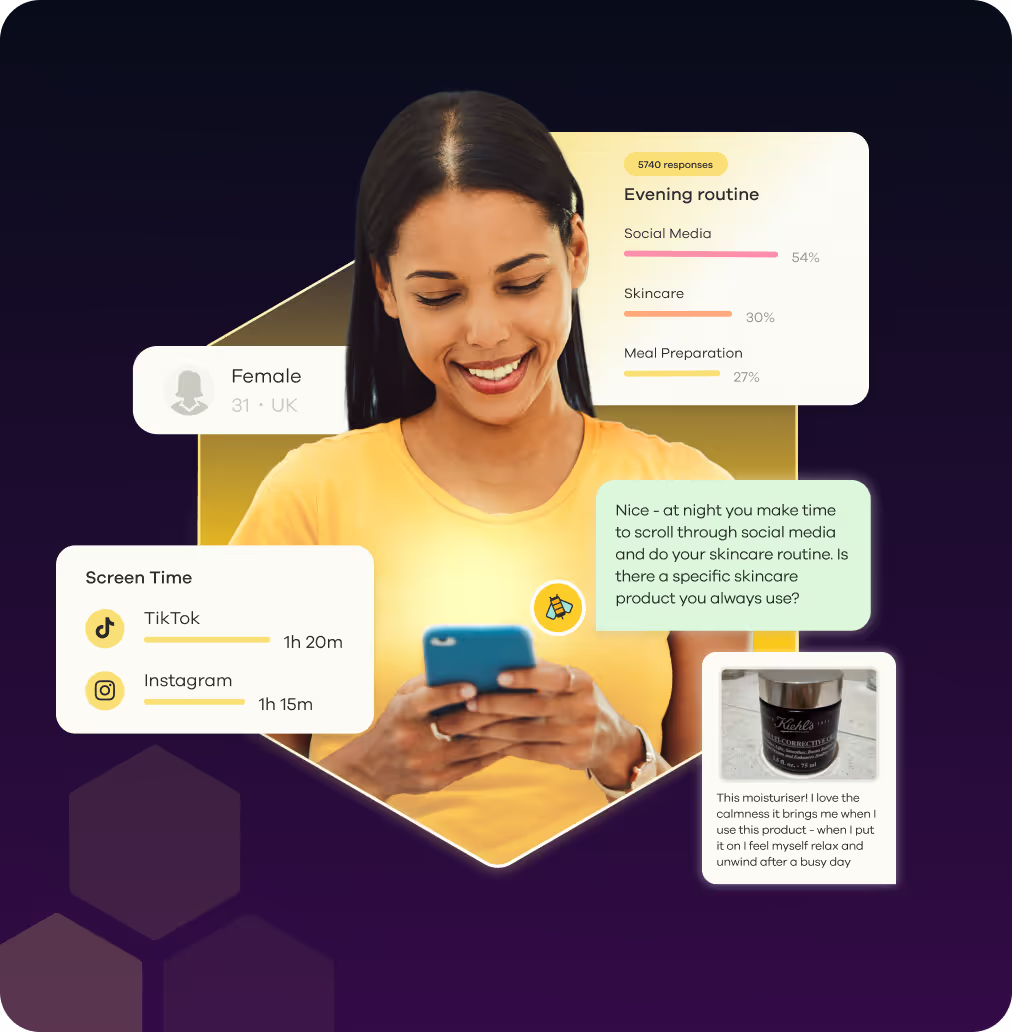Every June, brands unveil Pride campaigns, from rainbow packaging to themed social content.
Yet, in today’s digital landscape, visibility alone is no longer sufficient.
Consumers are paying close attention to how brands engage with LGBTQ+ communities, evaluating whether a brand’s Pride activity reflects genuine commitment. Consumers today are more informed, more vocal, and more attentive to inconsistency. They can spot the difference between a well-meaning campaign and one built purely for optics.
So, when brands show up for Pride, they’re being watched closely.
Our research derived from conversational surveys with 1,067 consumers in the UK who are aware of Pride month, conducted through our SBX platform, shows that consumers want brands to embed LGBTQ+ inclusion beyond just one month of the year. 75% of consumers have a generally positive sentiment towards brand engagement with Pride month, but 39% perceive rainbow marketing as "disingenuous" and "inappropriate."
This doesn’t mean that brands should opt out of Pride. Quite the opposite. It just means today, the bar is higher.
Visibility without substance won’t land
Performative gestures may gain short-term visibility, but they rarely foster long-term relevance. The most effective brands are those that thread LGBTQ+ inclusion throughout their values, internal culture, and year-round messaging.
That doesn’t require making every campaign about Pride, but it does mean avoiding the dissonance of supporting LGBTQ+ communities publicly while falling short privately, whether in policies, partnerships, or product choices.
Consumers can spot the different when brands to take authentic and meaningful actions to support the LGBTQ+ community beyond and when its surface-level marketing efforts throughout June.
Authentic engagement during this time will earn respect and loyalty.
How to make Pride engagement meaningful
So, what do consumers actually want to see?
When asked how brands can make meaningful engagement, consumers cited year-round engagement (40%) as the most important factor, followed by LGBTQ+ support (31%), inclusive practices (29%), charitable donations (22%) and inclusive advertising (20%). Brands must take deliberate, measurable actions to demonstrate allyship, embedding inclusivity into their DNA rather than treating Pride as a seasonal marketing opportunity.
For brands planning Pride activity this year, here are some principals to guide you to authentic engagement:
- Focus on authenticity: Campaigns should reflect the brand’s wider values and actions, not just the momentary buzz of June. Authenticity resonates far beyond colourful logos.
- Commit beyond June: Consistent support through partnerships, policies, and inclusive practices carries more weight than any single campaign.
- Know Your Audience: LGBTQ+ communities are diverse. Tailored messaging that respects regional and cultural differences avoids generic, one-size-fits-all approaches.
Successful Pride engagement is about aligning marketing with meaningful, ongoing commitment. Brands that do this well can forge stronger relationships with consumers, position themselves as true allies.
(A quick note on the methodology: We used our agile insights tool, SBX to conduct conversational surveys with 1,067 people in the UK who are aware of what Pride month is to capture both quantitative and qualitative insights.)





